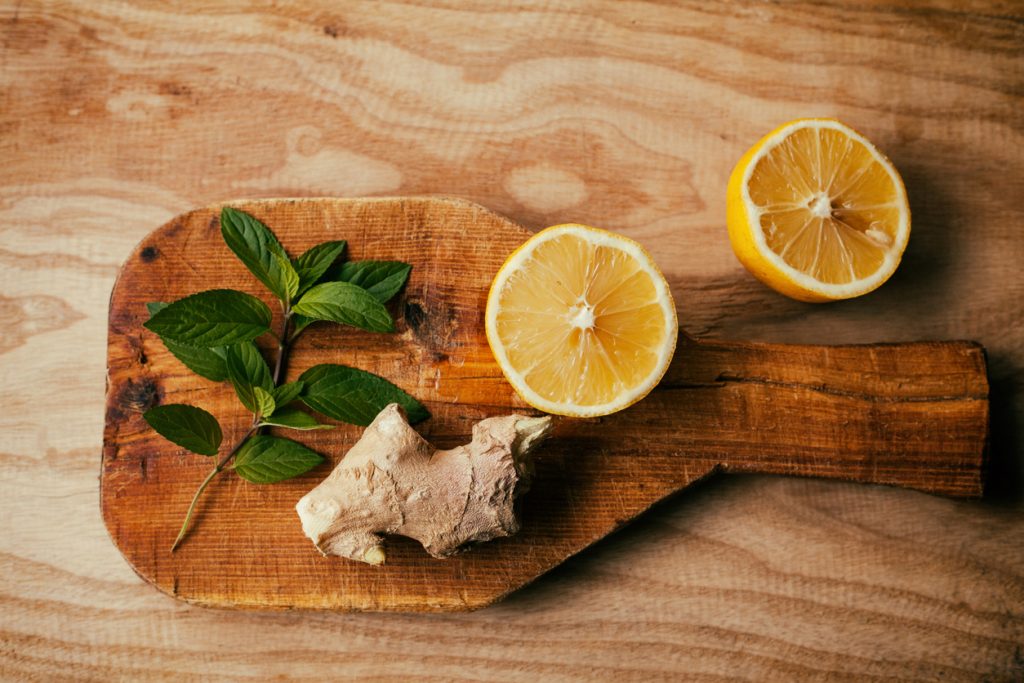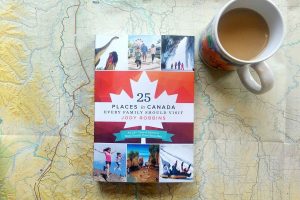What to Put in a Natural First Aid Kit for Your Family

My daughter came home from school the other day asking where our first aid kit was located. There had been a safety presentation in her class, and they stressed the importance of having a well-stocked first aid kit at home, and a smaller one for when out biking, hiking and other physical activities.
I count myself as doing pretty well if I have a box of band-aids in the house and a tube of non-expired antibiotic ointment – and we’re a pretty active family.
What I learned about first aid kits is that they can get super expensive. By the time I looked into buying one for home, cottage, car, and hiking/biking, there would be nothing left for the children’s post-secondary education.
Here are some items to have in a first aid kit based on intel from the Red Cross and Kids Health, with some natural items added in. Obviously, you can choose what works best for you, but we wanted to create a comprehensive list and let you decide what works best.
What to Put in Your First Aid Kit
- Up-to-date first aid manual
- Emergency telephone numbers for EMS/9-1-1, local poison control centre, and your family doctor
- Home, office and/or cell phone numbers for family members, friends, or neighbours who can help
- Sterile gauze pads (dressings), different sizes, for wounds
- Adhesive tape
- Roller and triangular bandages to hold dressings in place or to make an arm sling
- Adhesive bandages (band-aids) in assorted sizes
- Elastic or tensor bandage
- Sharp scissors
- Tweezers
- Safety pins
- Instant ice packs
- Disposable non-latex gloves (2 pairs)
- Flashlight, with extra batteries in a separate bag
- Antiseptic or alcohol wipes or soap
- Hydrocortisone cream (1%)
- Antibiotic ointment
- Thermometer
- Barrier devices, such as a pocket mask or face shield or mouthpiece for giving CPR
- Acetaminophen and ibuprofen
- Calamine lotion
- Tooth preservation kit
Natural Items to Include in Your First Aid Kit
- Arnica gel – Good to rub on bruises and sore muscles, even sprains on unbroken skin
- Witch hazel – More forgiving than alcohol or hydrogen peroxide for minor cuts and scrapes, it also helps with stings or skin irritations
- Peppermint essential oil – Sometimes the physical exertion of a tough hike gives my daughter a headache. I make sure she’s properly hydrated and put a dab of peppermint oil mixed with a carrier oil on her hairline and the sides of her neck
- Extra water (the one time I rely on bottled water, to ensure a stock of fresh, drinkable water)
- Ginger capsules for nausea, car sickness
- Raisins for an emergency snack
- Baking soda – Mixed with water to make a paste to help with stings and to make removing splinters easier
- Lemon citronella as a natural insect repellent
It’s a good idea to assemble the kit as a family so that you can talk about each item, what it’s used for, and review the first aid manual. Choose a container that is sturdy and has handles – I like toiletry kits with different zippered pouches, and I’ve also heard that tackle boxes and crafting supplies containers make great options.
There you have it! It looks daunting, but these supplies are readily available at your local drug store or online, and you’ll learn a lot as a family putting it together. Safety first!















